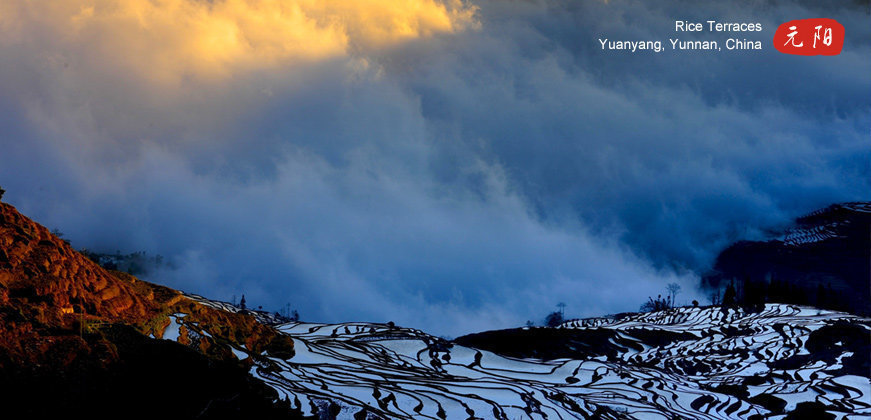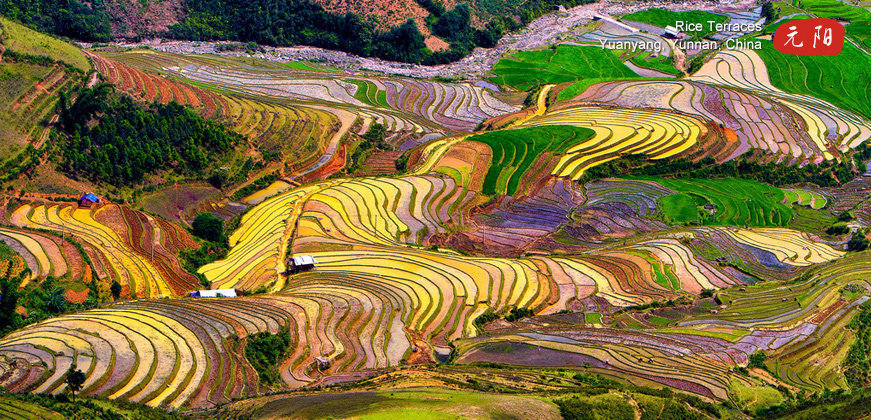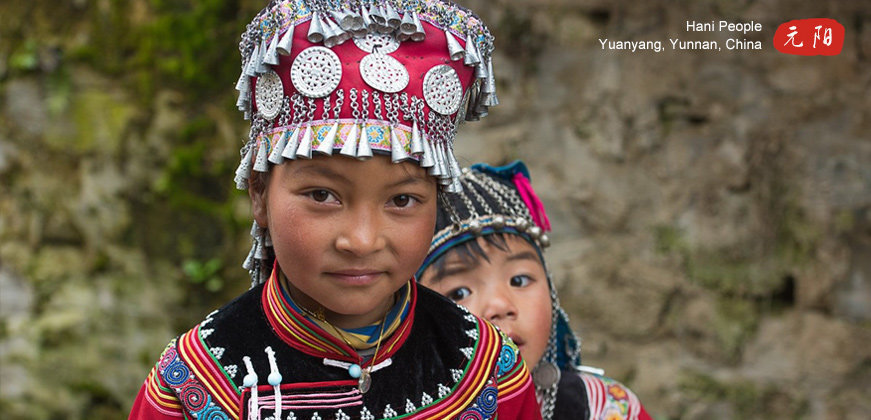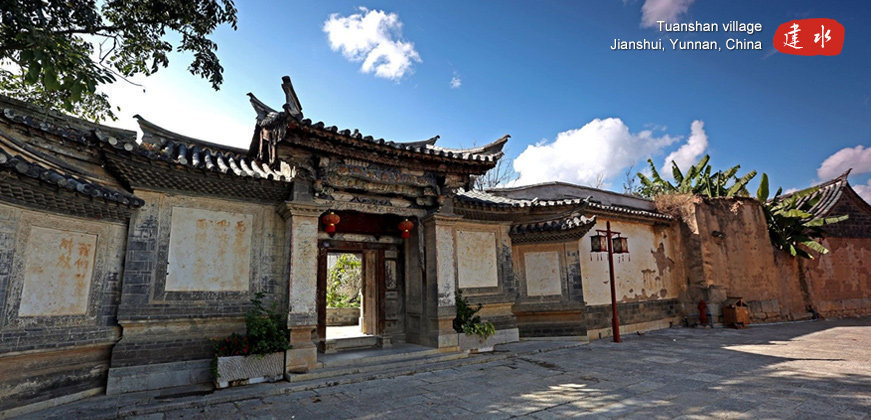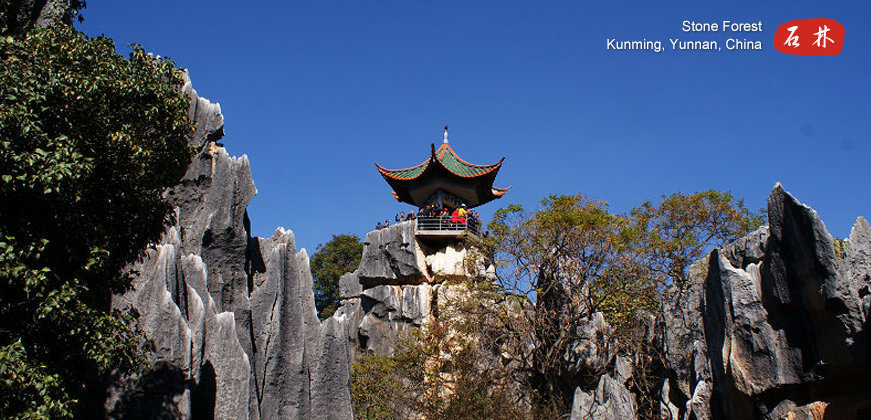You are here
Tour Highlights
- Explore an authentic Qing dynasty mansion in Jianshui
- Enjoy the traditional architecture of Tuanshan Village
- See the spectacular Hani rice terraces
- Visit a colourful local market
- Discover the unique ecosystems of the mystical Stone Forest
from US $
765
4 Day Magical Scenery - Yuanyang Rice Terraces, Jianshui, Stone Forest
Kunming, Jianshui, Yuanyang, Stone Forest

